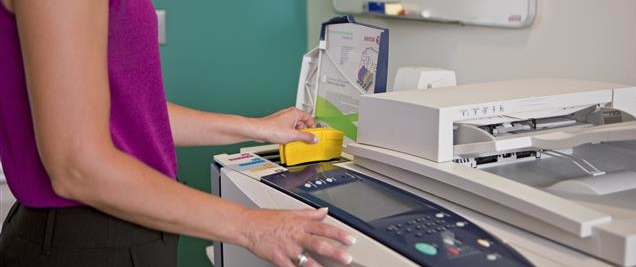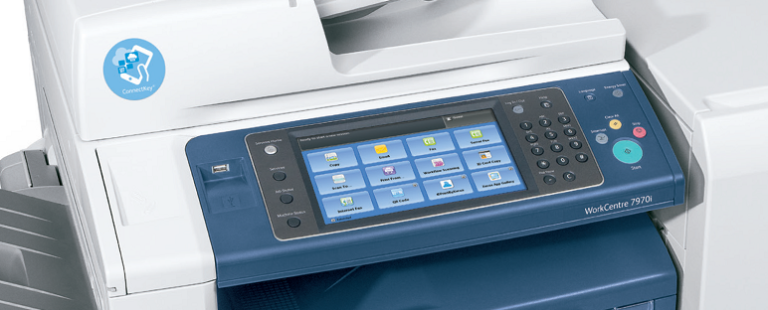Xerox Indirect Channels Business Group
In a previous post, I outlined a simple way to compute the total cost of ownership (TCO) of a printer – from what information you need to collect to how to tally it all up. Along with TCO, here are some additional things to keep in mind when thinking about printer costs at your small business.
A set of supplies costs more than a printer so I’ll just get a new printer!
This perception rose out of the free inkjet printer bundles that were popular a few years ago. If the printer is free or much less expensive than the supplies you need to buy, it must make more sense to just buy a new printer when the starter cartridges run out, right?
Let’s say a printer costs $500 and comes with 2,000 pages for all four starter toner cartridges. When you go to purchase more toner, the black toner is $150 and the color toners are $120 each. A set of replacement toners costs $510 – $10 more than the printer. For $10 more, you get a black cartridge that has 150 percent more pages and color toners with 50 percent more capacity than those that came with the printer.
If you bought a new printer every time your toner ran out, you’d always have a brand new printer. But you’d be maximizing your ongoing running costs and buying new printers more often than you’d replace toners, for roughly the same cost.
The more expensive printer could cost you less over time.
 Here’s a trend you can see for yourself by looking closely at the price lists for a couple different printers. As printer price increases, supplies capacity increases. The price of supplies also increases, but at a slower rate. The per-page printing costs are lower on more expensive, more robust printers as well. These printers print lots of pages every month – think of it as a similar discount that a golf course would get for fertilizer versus what I pay at my local home improvement center for my yard.
Here’s a trend you can see for yourself by looking closely at the price lists for a couple different printers. As printer price increases, supplies capacity increases. The price of supplies also increases, but at a slower rate. The per-page printing costs are lower on more expensive, more robust printers as well. These printers print lots of pages every month – think of it as a similar discount that a golf course would get for fertilizer versus what I pay at my local home improvement center for my yard.
This underscores the importance of understanding your small businesses average monthly print volume (AMPV), something I also described in my previous post.
The same goes for toner cartridges. The more capacity, the more savings.
Why do we buy the bigger box of cereal? We believe we’re going to eat that much of it, and we’re getting proportionally more cereal than we’re paying for. If you’re watching TCO or trying to reduce running costs, it may seem counter-intuitive, but buying the highest capacity cartridges will have two benefits. You’ll minimize your running costs by paying less on a per-page basis, and you’ll be maximizing the time until you run out of toner again.
Hope these thoughts prove helpful as you maintain your printers or evaluate new printers for your small business. What thoughts or questions do you have when thinking about the cost of owning your printer?


